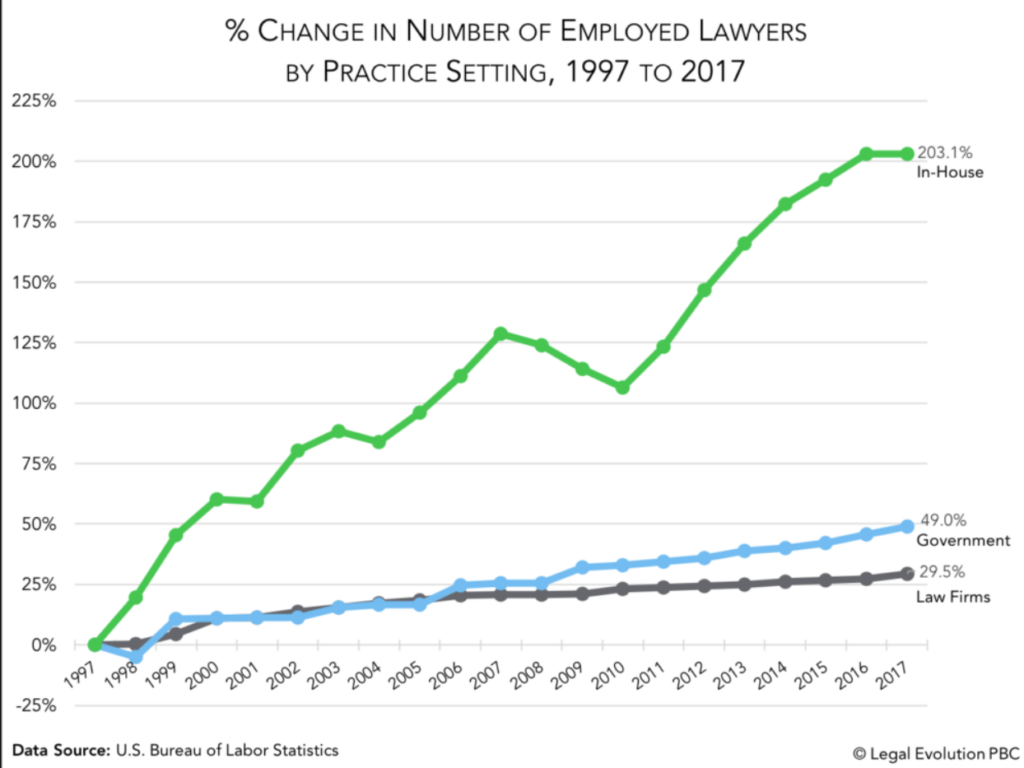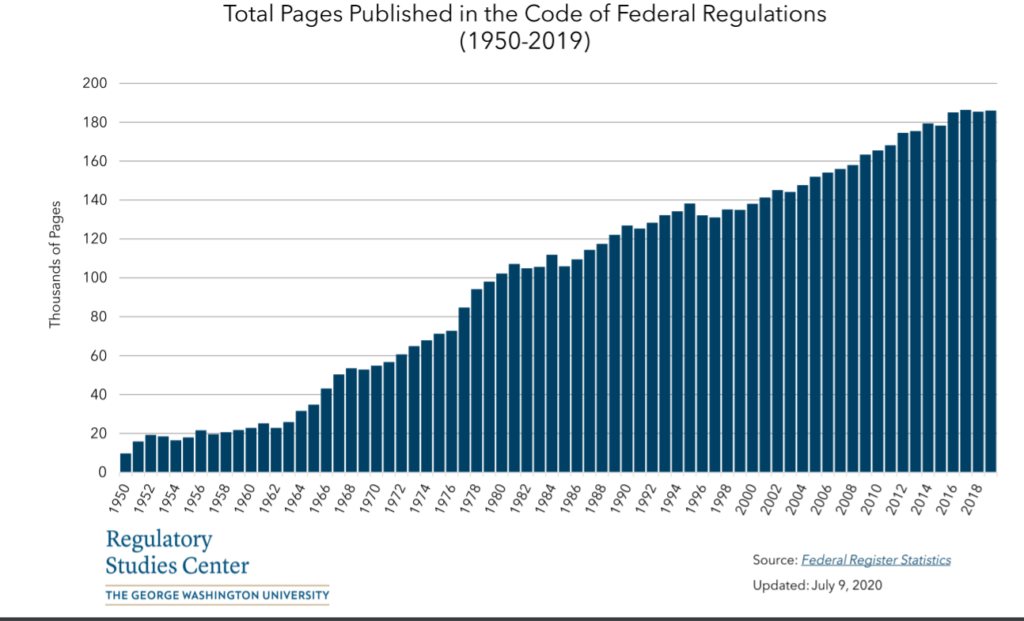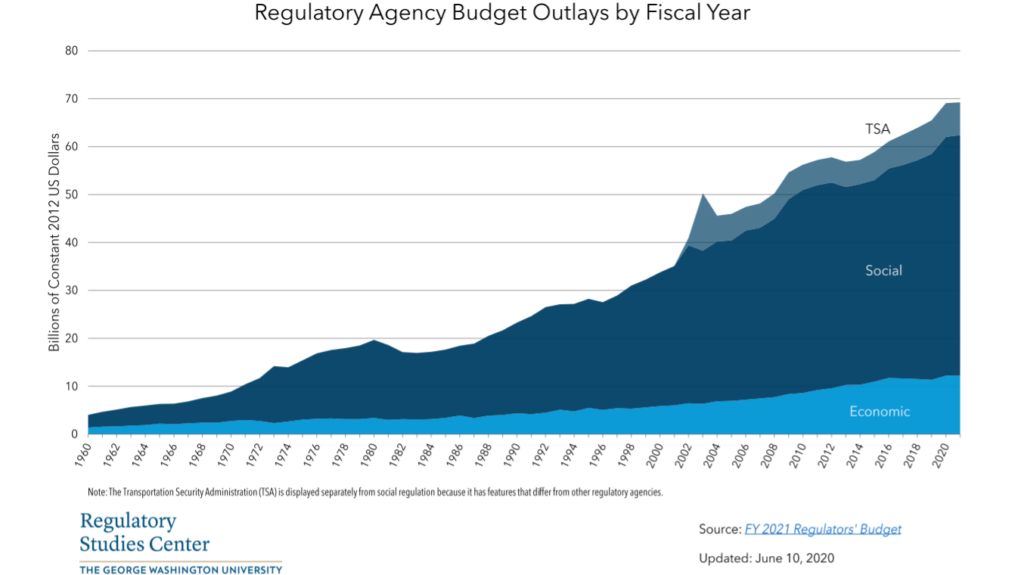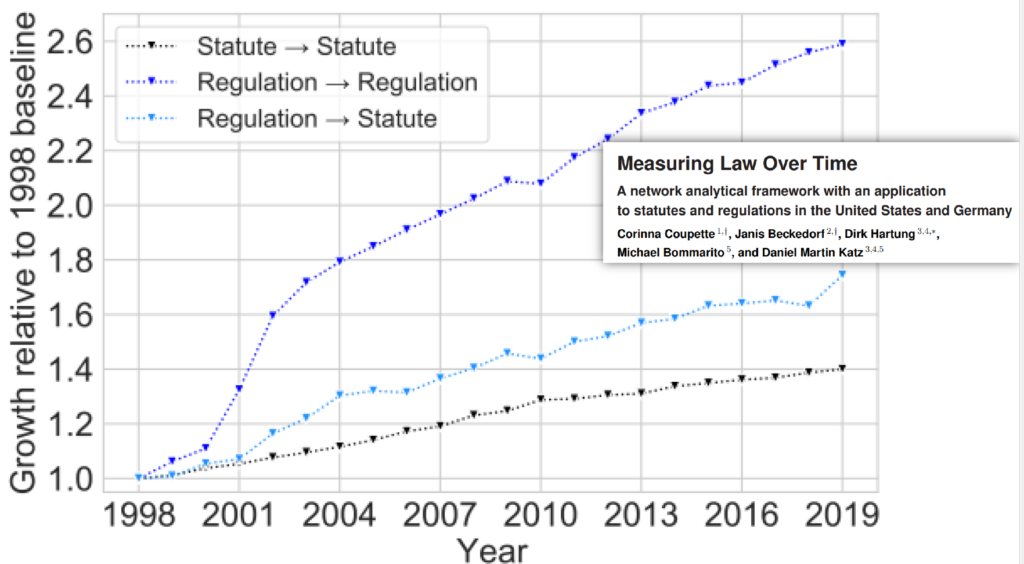We’ve written at fair length about our “maroons/grays” model for segmenting the law firm industry. Essentially, the model rejects customary or traditional dimensions of “compare and contrast” including:
- Size (revenue or headcount)
- Type of firm (litigation boutique, global powerhouse, “category killer,” etc.)
- And geographic footprint.
Instead, our maroons/grays model draws the boundary premised on client selection criteria in hiring a law firm.
For the maroons:
- Truly distinctive “destination” capability
- Price no (real) object
- Rare events in corporate lifecycle with boardroom visibility
And the grays:
- Efficient, preditable, reliable, transparent
- Price-sensitive, from mildly so to lowest-cost-provider wins
- Legal services as a cost of doing business—“running not betting” the company.
Here’s our entry point for today: Grays “scale,” maroons don’t (and don’t need to). But what if grays as conventionally organized can’t scale enough?
What if, in other words, the density, intrusiveness, and combinatorial intensity of the legal framework undergirding our 21stCentury economy is growing so fast that we will fall permanently behind?
This may seem far-fetched—isn’t being busier always better?—but as we’ve recently noted Coronatide has pushed the typical workload into unsustainable territory; the risk is real that exhaustion could lead to things “fraying around the edges” and quality cockups. Nor do we think the tide will recede after the world is vaccinated and we can go back to “normal.” First, we all know that “normal” has been forever changed in terms of how and where we work, and second, the trends accelerating the unmanageable expansion of “scale” were in place prior to, and will not dissipate in the wake of, Coronatide.
But don’t just take our word for it.
The data tells a story of our:
- Responding to the growth of scale by throwing more lawyers at it;
- The increasingly exposed inadequacy of that approach in the face of growing regulatory and legal complexity;
- And the exhaustion of every conventional technique and mechanism that corporate legal departments have at their disposal for containing the cost of the relentlessly growing workload.
Throwing more bodies at it? Indeed:

A recent incarnation of a data series first published, to my knowledge, by Prof. Bill Henderson of Indiana/Maurer School of Law
This shows that over the past two decades the number of lawyers working inhouse has grown just over 700% more than those in law firms.
Yet compare the growth in some handy measures of regulatory tonnage, or density:
- Total pages in the Federal Register;
- Regulatory agency staffing;
- Regulatory agency budgets;
- and the pure growth in statutes and regulations.
And one last “rollup” of key data:
I mentioned that conventional tools for controlling outside counsel expense, fueled by [see above], are all but exhausted. How so?






